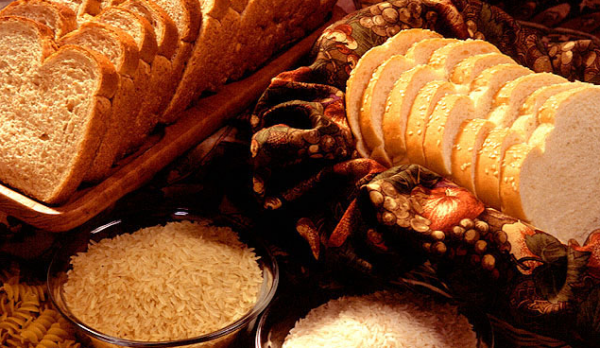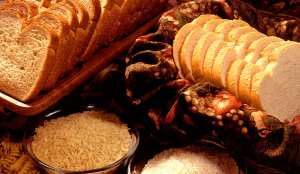
Phytosterols and Phytostanols — toxicity, side effects, diseases and environmental impacts
Friday, November 17, 2017 by Michelle Simmons
http://www.naturalpedia.com/phytosterols-and-phytostanols-toxicity-side-effects-diseases-and-environmental-impacts.html

Phytosterols and phytostanols, also known as plant sterols and plant stanols, are common plant and vegetable compounds. They have a structure similar to cholesterol in humans, but are different from cholesterol in the structure of the side chain. These two compounds are high melting powders and are insoluble in water. Phytosterols can be hydrogenated to produce phytostanols.
The primary food sources for phytosterols are vegetable oils, vegetable-fat spreads and margarines, nuts, cereals and cereal products, bread, and vegetables. Commercial phytosterols are separated from vegetable oils, such as soybean oil, rapeseed or canola oil, sunflower oil or corn oil, or from so-called “tall oil”, a by-product of the manufacture of wood pulp. On the other hand, the primary food sources for phytostanols are cereals, particularly wheat and rye. The most common plant sterols and plant stanols are sitosterol, sitostanol, campesterol, campestanol, stigmasterol, and brasscasterol.
List of known side effects
There are a few known side effects of phytosterols and phytostanols in humans. One of these is its effects is on blood pressure. Previous studies showed that dietary intake of phytosterols and phytostanols may decrease cholesterol levels, but increase blood pressure in rats.
Body systems affected by phytosterols and phytostanols
The body system affected by phytosterols and phytostanols is the cardiovascular system. Studies have associated high phytosterol consumption with an increased risk of cardiovascular disease. Moreover, other studies have also shown that high intakes of these compounds may cause heart attack and stroke.
Items that can contain phytosterols and phytostanols
Products that contain phytosterols and phytostanols are margarines, low-fat spreads, yogurts and yogurt drinks, and milk. Phytosterols and phytostanols are present in vegetable foods, particularly in vegetable oils such as corn oil, rapeseed or canola oil, soybean oil, and sunflower oil, nuts, seeds, and cereals.
How to avoid phytosterols and phytostanols
A way to avoid phytosterols and phytostanols is to avoid foods and products that contain the two compounds, such as sesame seeds, wheat germ, canola oil, edamame, split peas, Brussels sprouts, almonds, peanut butter, pistachios, and avocado.
Where to learn more
- Pumpkin Seeds Kill Cancer Cells, Fight Diabetes And Improve Our Eye Sight
- 20 Health Benefits of Sesame You Won’t Believe
- 7 Reasons to Celebrate Celery
- Phytosterols in Fermented Milk Help Lower Cholesterol
- Eating Raw Pumpkin Seeds Repair DNA, Control Blood Sugar Spikes & Improve Our Sight
Summary
Phytosterols and phytostanols, also referred to as plant sterols and stanols, are common plant and vegetable compounds.
Phytosterols and phytostanols are present in vegetable foods, particularly in vegetable oils such as corn oil, rapeseed or canola oil, soybean oil, and sunflower oil, nuts, seeds, and cereals.
Phytosterols and phytostanols may lower cholesterol levels, but may increase blood pressure levels.
Phytosterols and phytostanols increases the risk of heart attacks.
Phytosterols and phytostanols adversely affect the cardiovascular system.
Sources include:
Tagged Under: Tags: phytosterols and phytostanols






